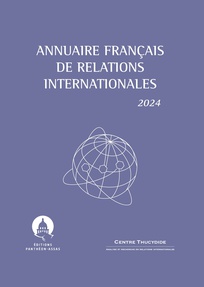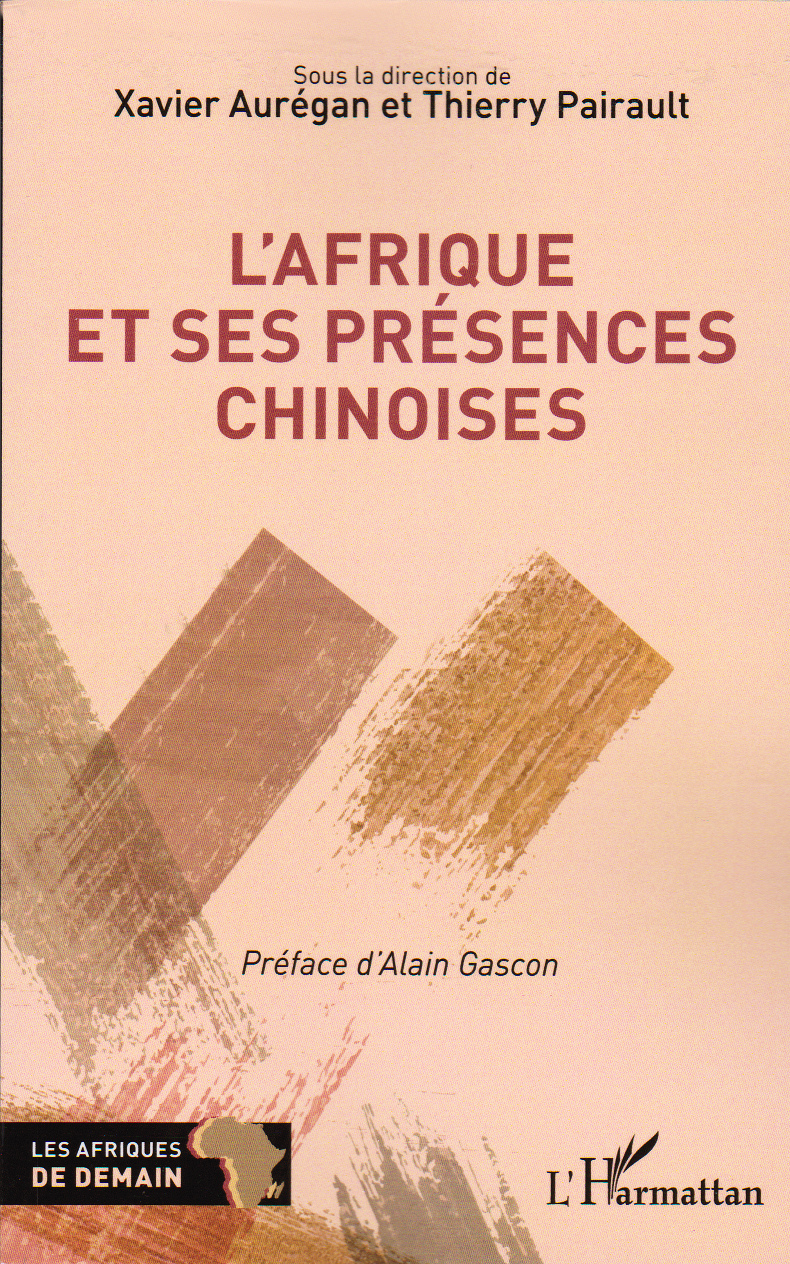Democracy Works: Rewiring Politics to Africa’s Advantage
Olusegun Obasanjo, Greg Mills, Jeffrey Herbst and Tendai Biti
News24, 28 mars 2019
Présentation de l'ouvrage
The view of Maputo is today dominated by the 137m concrete towers of the 3km bridge linking the Mozambican capital with Catembe on the other side of the port’s estuary, making it the longest suspension bridge in Africa.
Designed by a German firm, the $725 million (R10.5 billion) project is being constructed by the China Road and Bridge Corporation.
The required 8 000 tons of steel are being supplied by Chinese steelmaker Angang Steel Company.
From building bridges and airports, railways in Kenya and roads in rural Ethiopia to running mines in the Congo, China has radically changed the African economic landscape this century.
Trade between Africa and China has grown at about 20% annually since 2000 from $10 billion to $190 billion by 2017, nearly three times as much as the US, and investment has grown to $40 billion, just behind the UK ($58 billion), the US ($56 billion) and France ($49 billion).
China lent about $125 billion to Africa between 2000 and 2016, and pledged a further $60 billion at the 2018 Forum on China-Africa Cooperation.
The number of Chinese firms working in Africa has increased to 10 000, and the number of Chinese workers and businesspeople has risen from virtually zero in 1990 to somewhere between 250 000 and 2 million 20 years later.
The discrepancy is due to the undocumented status of many migrants.
It is estimated that 12% of Africa’s industrial production, or $500 billion annually – nearly half of Africa’s internationally contracted construction market – is carried out by Chinese firms.
China’s demand for resources has also driven up commodity prices.
China was responsible for more than 30% of the increase in global demand for crude oil in the 2000s, 64% of the increased global demand for copper, 70% of demand for aluminium and 82% for zinc.
By 2008, China had 7 000 steel factories, double the number in 2002.
This progress reflects China’s own economic transformation and the demand from its increasing middle class for housing, cars and consumer goods.
The superlatives are hard to beat. “The most powerful man in the world” read The Economist’s cover in October 2017, in reference to China’s President Xi Jinping.
Its economic growth, which touched 13% between 2000 and 2008, has been primarily responsible for a dramatic fall in the number of people worldwide living in poverty (defined as living on less than $1.90 a day), which dropped by nearly 1.1 billion between 1990 and 2013, even as the world’s total population expanded by nearly 1.9 billion over the same period.
Today, as a result of China’s transformation, more than half of the world’s poorest now live in sub-Saharan Africa.
Instead of reforming along liberal lines as some predicted would occur as it raised living standards and incomes, China has advanced a different world view, centred on massive state-led initiatives such as the Belt and Road Initiative, an aid, trade and infrastructure scheme through which China would elevate itself to global pre-eminence in three decades.
Far from domestic political liberalisation, in March 2018, China’s National People’s Congress removed term limits for the president and vice-president, and Xi was reappointed by the Chinese legislature as president.
This gambit runs counter not only to Western, liberal democratic concepts, but those of China itself.
[China’s paramount leader from 1978 until his retirement in 1989], Deng Xiaoping’s reforms not only guided China towards a market economy, but mandated retirement age at 70.
For those Africans tending towards autocracy, the Chinese model is enticing – one of economic growth without serious political competition.
The same can be said for those businesses that might prefer not to have to negotiate the vagaries, inertia, and checks and balances of African parliamentary systems.
However, the prospects of simply transplanting the Chinese model to Africa seem far-fetched.
China is a country with more than 1 billion people and has been a state, in one form or another, for centuries.
The Chinese Communist Party has a degree of control over society, organisation in the countryside, and the ability to draw on security and technological resources to suppress the population that is without equal in Africa.
More than 1 million Communist Party officials have been disciplined for corrupt practices in recent years, and thousands are executed annually.
Moreover, there is little evidence that most citizens in most countries would stomach the Chinese means of ensuring rules-based development, such as the forced movement of millions of people or even the drastic methods to end corruption, often without due process.
Respect for human rights is at the forefront of African public debate, even if they are often ignored by governments in practice.
IN AFRICA, RWANDA, UNDER PRESIDENT PAUL KAGAME, HAS DELIVERED IMPORTANT DEVELOPMENT AND GOVERNANCE RESULTS. BUT THE CIRCUMSTANCES OF ITS PERFORMANCE ARISING OUT OF A GENOCIDE MAKE IT UNIQUE.
In sum, it is questionable whether the Chinese authoritarian development experience offers a model for African government.
For one, much of Africa has already attempted an authoritarian path, which has been overwhelmingly rejected by its citizens, and which failed to deliver.
Critically, there is also much more to the Chinese model than just economic liberalisation sans economic reform. It involved significant and ongoing bureaucratic reforms to ensure efficiency and accountability.
Defenders of authoritarian rule have to answer a profound question – is there enough evidence that their preferred regime type delivers economic benefits that enable them to sacrifice democratic freedoms that African majorities across the continent prefer?
In Africa, Rwanda, under President Paul Kagame, has delivered important development and governance results.
But the circumstances of its performance arising out of a genocide make it unique.
Ethiopia, another oft-cited authoritarian “success” story, is now questioned by the Ethiopians themselves, who do not see the authoritarian model as sustainable or providing any options that a democratic system cannot.
Rather, Ethiopia’s leaders argue that failure to democratise has presented an existential crisis, threatening security and prosperity.
Elsewhere, the Singapore story is much more nuanced than simply a “big man success story” in that the success of its transitions rested less on authoritarianism than sound policy and implementation.
To the contrary, competition around ideas has been a central component of its ongoing success.
There are other important examples where authoritarianism is the wrong lesson of reform.
For example, from a per capita income of just $80 in 1962, poorer than the sub-Saharan African average at the time, South Korea achieved an average economic growth rate from 1965 to 1990 of 9.9%, the highest in the world.
Today, its per capita income is $30 000, and a number of its companies are global market leaders, including Hyundai, Samsung and LG.
A focus on early authoritarianism under former South Korea president Park Chung-hee as the reason for Korea’s rapid growth and transformation obscures the complex incentivisation schemes and tough deliberate choices made in the process.
This involved, at its heart, the strategic reorientation from protectionism to export-led growth and the rapid refocusing of society on competitiveness.
Overall, there is too little evidence to rely on the authoritarian model to deliver the growth that Africa needs, but significant evidence that democracy, in the longterm, can deliver more for citizens.












